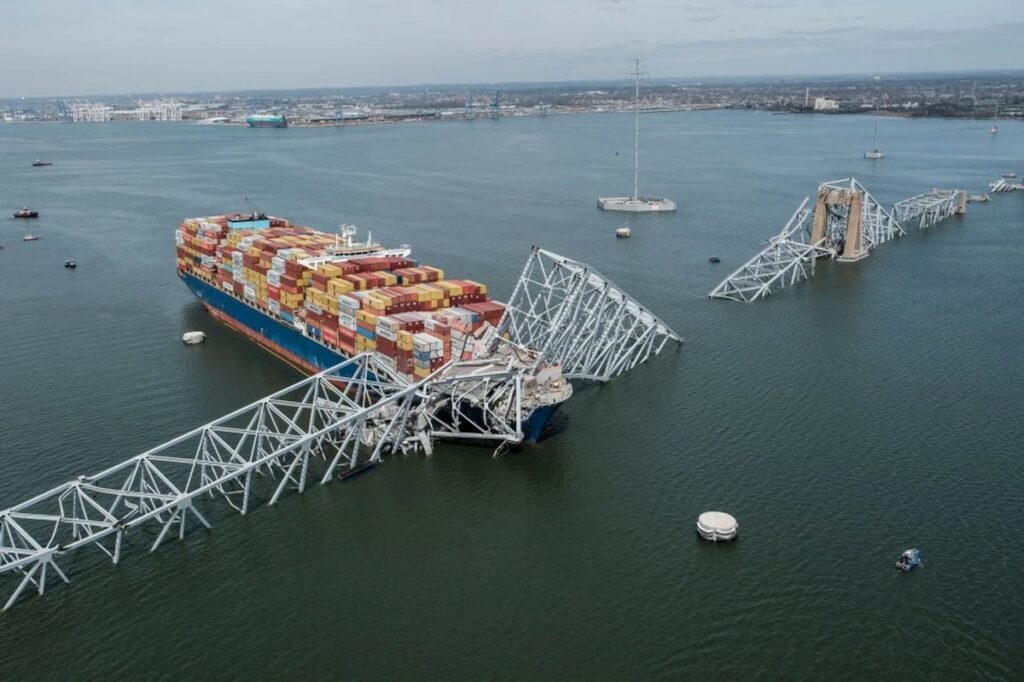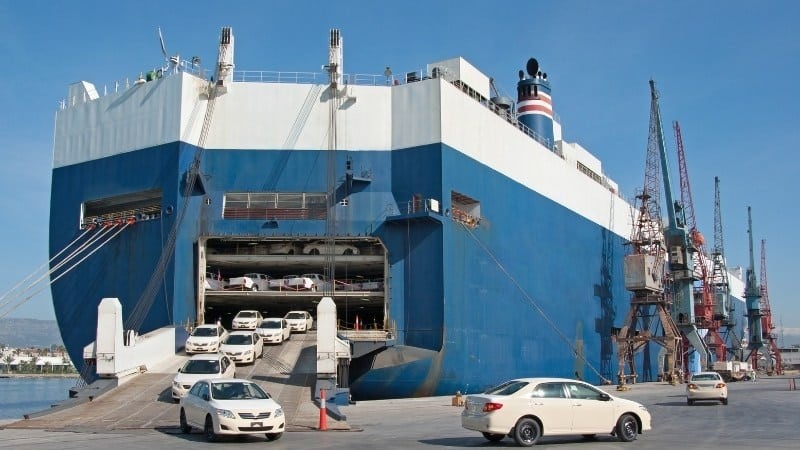Alternate Ports for Shipments
Suddenly everyone is an expert on Shipping and Supply Chain. Considering we had issues in Long Beach and Los Angeles, management did not resolve the issue, I understand they are unionized. You pay them and solve the issues. Instead, Biden has to step-in and schedules overtime. You get the product to the customer. Los Angeles is the busiest port and then New York/New Jersey.
One ship crashes into a Baltimore bridge and we have expectations of more and major national shortages. Wrong conclusion. There are other ports and it may cost more in the short term. I do not expect it to be $10 to $12 thousand a container, which is abuse.
Things happen and you have to have contingency solutions in place. There has to be contingency plans (redundant, yes I know). That is Supply Chain Planning besides production and inventory. Has that much changed since I left the supply chain industry? I think they got lazy and did not plan contingencies in case of a catastrophe. You get the product to the customer and eat the cost due to an inefficiency.
Container Ship – Dali
I would sure like to know how the engines shut off. That is going to be interesting to learn.
Ships carrying cars or trucks are called Ro-Ros. The cars or vehicles are driven on to the ship’s layers of decks and parked (see image) Those ships carry hundreds of vehicles.
“Pure Car carriers (PCC) /Pure Car Truck Carriers (PCTC)have a box-like framework, with the arrangement of ramps to load and unload the cargo.
Ro-Ros for cars, etc.
The pure car carrier is used to transport only cars whereas PCTC is used to transport all types of vehicles. Where can a RoRo dock? “North America’s busiest RO/RO motor vehicle seaports,” Panethos
These consists of a quarter ramp in a stern, 2 ramps on both the sides, covered internal ramps and hostable decks are used to transfer the cars into multi-level decks. Vehicles drive directly into the ship and via internal ramp system to various decks.”
There are other shipping variations discuss at the link also. As far as ports? There are other east coast ports too. It may be more difficult to handle the vehicles. I would think there would be alternative docking and unloading facilities. See link for Ro Ro ports.
Back to Supply Chain issues? This is just like manufacturing. If you do not know how the part is made (stations, lead times, labor, etc.), it is hard to plan it. It is even worse when a catastrophe occurs.
- Dayen on TAP: The Ever-Present Threat of Supply Shocks, (bluelena.io)
- 5 alternative container ports for avoiding congestion, FreightWaves



A kilometer plus “unitary” span on unprotected thimbles. Traffic includes 100K ton plus container ships “flagged” by anyone!
No maintenance standards like FAA for foreign owned ships!
Ship loses controlled weigh at the worst place, time, and with the worst winds…..
5 black swans at the same time!
I suppose the port of NY/NJ can handle the auto off loads. Other containers go where it makes sense between Boston and Miami.
Although a smaller ship did similar damage in Tampa some tears ago.
Dixie Sugar receives raw sugar in this port for their refinery located in this port—
buy sugar now haha
Has anyone given thought to bigger is not necessarily better?
More black swans: if they won’t let cruise ships through there why this one?
Were they trying to sneak out? And where was the ship’s regular crew?
Was it on or under remote or ‘automatic pilot?’ Why did power fail?
Why are there no bumpers? Concrete embuckments fore and aft that would literally guide a wayward ship past those thimbles? Spindles ~ the bridge pilings
My bet is the primary culprit is Republican budget-cutting hysteria …
Wiki on MV Dali:
In port the vehicle is moved by a “forward thruster” run by 4 large diesel fueled electric generators, any one should be able to power the thruster..
I doubt the thruster lost power bc of generator failure, although reports of puff smoke may support that. The possibility that two or more of the generators were out of commission during maneuver……
Could have been a number of other thruster “fault modes” lacking design for fault tolerance as apparent with the bridge.
Took a while to find one, but here’s a report supporting my question about the bridge embuckments
Ten Bears:
Not the first time struck and the bridge did have protection. The ships just got bigger as you also suggested.
Ship Collisions with Bridges
Stuff:
My preceding comment to Ten Bears will not be seen in the news chatter (which it is) as such noise sells. I am surprised to see the better talking heads not looking further into the issue of shipping.
People are running around making this out to be out to be a great calamity. It is not. Ships will be diverted to other ports. Cost of containers on Container ships will increase just like they are now because of being shot at in the Red Sea – ships are being diverted. Container Transportation companies will take advantage just like they did during the pandemic.
Some more technical information: Design_of_bridges_against_Ship_Collisions.pdf (dtu.dk)..
A good read.